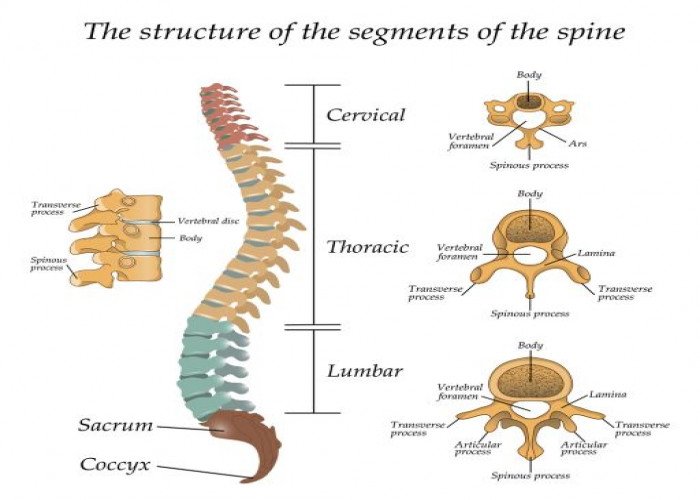 Welcome
Welcome
“May all be happy, may all be healed, may all be at peace and may no one ever suffer."
- A
- B
- C
- D
- E
- F
- G
- H
- I
- J
- K
- L
- M
- N
- O
- P
- Q
- R
- S
- T
- U
- V
- W
- X
- Y
- Z
Trachea - Diseases
The trachea, also known as the windpipe, is a tube-like structure that connects the larynx, or voice box, to the lungs. It is located in the front of the neck and is approximately 10 to 12 centimeters long.
The trachea is made up of rings of cartilage, which help to keep it open and prevent it from collapsing during breathing. The trachea is also lined with a layer of cells that produce mucus, which helps to trap and remove foreign particles and debris from the respiratory system.
The trachea branches into two smaller tubes called the bronchi, which lead to the left and right lungs. These bronchi continue to branch into smaller and smaller tubes called bronchioles, which eventually lead to the alveoli, the tiny air sacs in the lungs where gas exchange occurs.
Several conditions can affect the trachea, including infections such as bronchitis, tracheitis, and pneumonia. Other conditions that can affect the trachea include tracheal stenosis, a narrowing of the trachea that can make breathing difficult, and tracheomalacia, a condition in which the cartilage in the trachea is weak and collapses during breathing.
Treatment for tracheal conditions depends on the underlying cause but may include medication, oxygen therapy, or surgery. In some cases, a tracheostomy, a surgical procedure in which a hole is created in the trachea to help with breathing, may be necessary. Proper respiratory hygiene, including avoiding smoking and exposure to air pollution, can help to prevent many tracheal problems.

Spine

Muscles

Mental

Leg

Testes

Choroid plexus Ventricular system

Chest

Thymus
Trachea, Trachea meaning, ট্র্যাকিয়া
To be happy, beautiful, healthy, wealthy, hale and long-lived stay with DM3S.